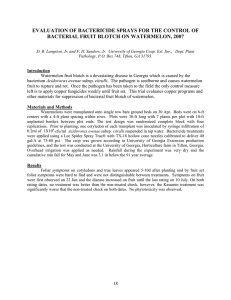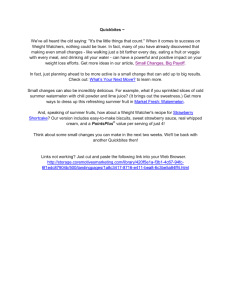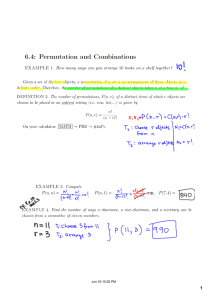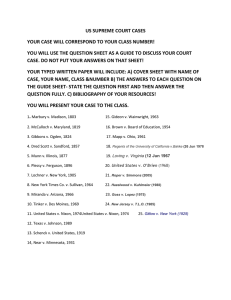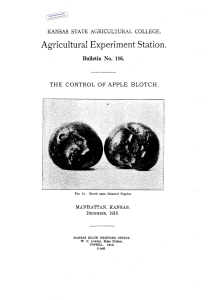EVALUATION OF COPPER AND MANCOZEB MIXTURES FOR 2004.
advertisement
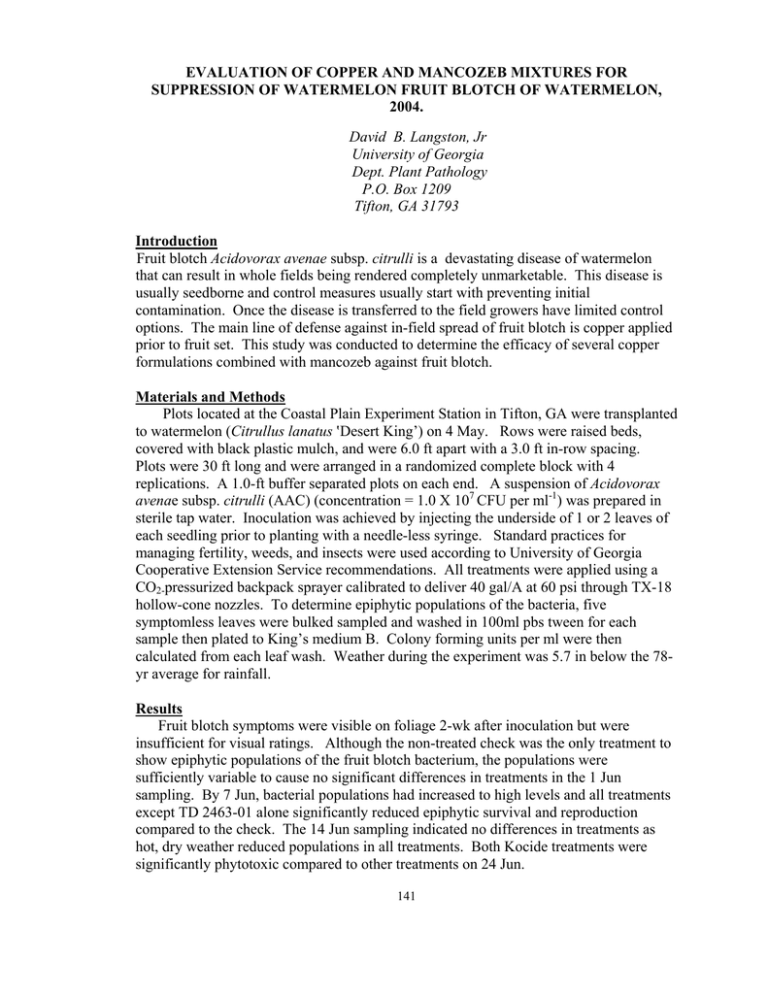
EVALUATION OF COPPER AND MANCOZEB MIXTURES FOR SUPPRESSION OF WATERMELON FRUIT BLOTCH OF WATERMELON, 2004. David B. Langston, Jr University of Georgia Dept. Plant Pathology P.O. Box 1209 Tifton, GA 31793 Introduction Fruit blotch Acidovorax avenae subsp. citrulli is a devastating disease of watermelon that can result in whole fields being rendered completely unmarketable. This disease is usually seedborne and control measures usually start with preventing initial contamination. Once the disease is transferred to the field growers have limited control options. The main line of defense against in-field spread of fruit blotch is copper applied prior to fruit set. This study was conducted to determine the efficacy of several copper formulations combined with mancozeb against fruit blotch. Materials and Methods Plots located at the Coastal Plain Experiment Station in Tifton, GA were transplanted to watermelon (Citrullus lanatus <Desert King’) on 4 May. Rows were raised beds, covered with black plastic mulch, and were 6.0 ft apart with a 3.0 ft in-row spacing. Plots were 30 ft long and were arranged in a randomized complete block with 4 replications. A 1.0-ft buffer separated plots on each end. A suspension of Acidovorax avenae subsp. citrulli (AAC) (concentration = 1.0 X 107 CFU per ml-1) was prepared in sterile tap water. Inoculation was achieved by injecting the underside of 1 or 2 leaves of each seedling prior to planting with a needle-less syringe. Standard practices for managing fertility, weeds, and insects were used according to University of Georgia Cooperative Extension Service recommendations. All treatments were applied using a CO2-pressurized backpack sprayer calibrated to deliver 40 gal/A at 60 psi through TX-18 hollow-cone nozzles. To determine epiphytic populations of the bacteria, five symptomless leaves were bulked sampled and washed in 100ml pbs tween for each sample then plated to King’s medium B. Colony forming units per ml were then calculated from each leaf wash. Weather during the experiment was 5.7 in below the 78yr average for rainfall. Results Fruit blotch symptoms were visible on foliage 2-wk after inoculation but were insufficient for visual ratings. Although the non-treated check was the only treatment to show epiphytic populations of the fruit blotch bacterium, the populations were sufficiently variable to cause no significant differences in treatments in the 1 Jun sampling. By 7 Jun, bacterial populations had increased to high levels and all treatments except TD 2463-01 alone significantly reduced epiphytic survival and reproduction compared to the check. The 14 Jun sampling indicated no differences in treatments as hot, dry weather reduced populations in all treatments. Both Kocide treatments were significantly phytotoxic compared to other treatments on 24 Jun. 141 Table 1. Effect of foliar sprays on Acidivorax avenae subsp. citrulli AACy AAC AAC z Treatment and rate/A 1 Jun 7 Jun 14 Jun Phyto.x TD 2463-01, 1.75 lb + Penncozeb, 2.0 lb .........0.0 av 20.0 a 1.9 b 0.0 b TD 2463-01, 1.75 lb...........................................0.0 a 7,000.0 ab 35.0 a 2.0 b Kocide 2000 DF, 2.0 lb + Penncozeb, 2.0 lb ....0.0 a 1,650.0 b 5.0 a 2.8 a Kocide 2000 DF, 2.0 lb .....................................0.0 a 0.0 b 62.5 a 3.0 a Cuprofix MZ, 5.0 lb ...........................................0.0 a 0.0 b 0.0 a 1.5 bc Non-treated ....................................................317.5 a 18,250.0 a 162.5 a 1.0 c Spray dates are shown parenthetically and are as follows: 1=20 May; 2=30 May; 3=6 June; 4=27 Jun; 5=3 Jul; 6=11 Jul. y Data represent the number of cfu/ml of Acidivorax avenae subsp. citrulli in five asymptomatic leaves per plot. x Data represents the amount of chlorosis from copper phytotoxicity where 1=little to no damage and 5=100% leaves chlorotic. w Means in columns with the same letter(s) are not significantly different according to Fisher’s Protected LSD test at P≤0.05. z 142
